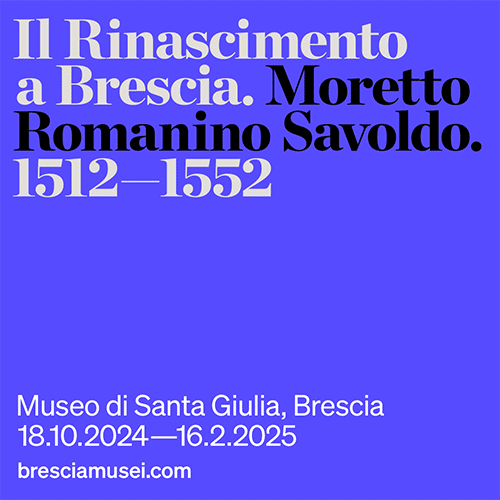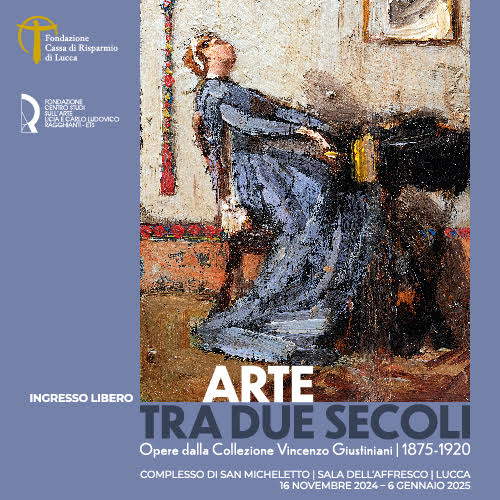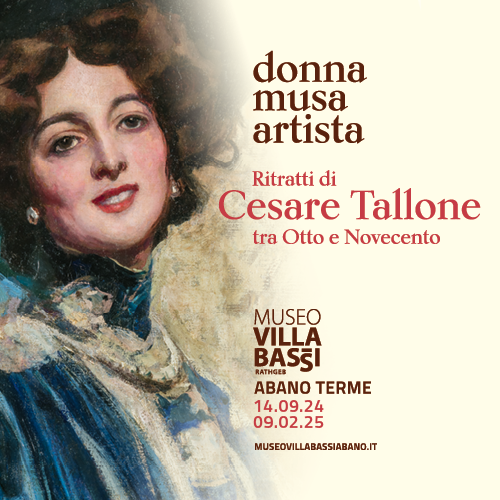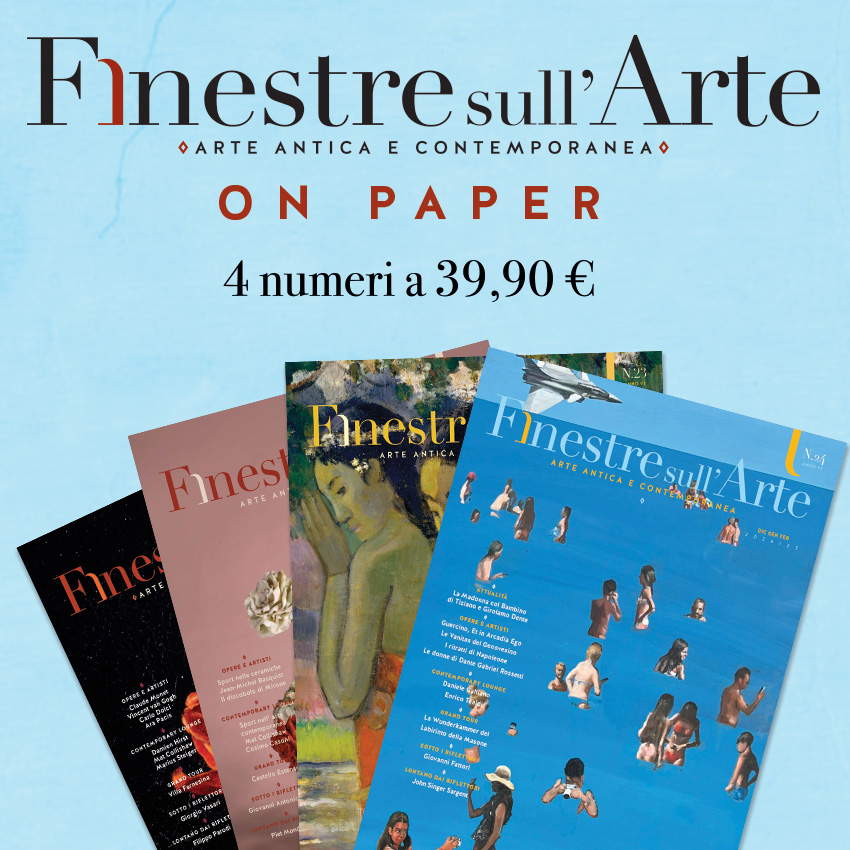From the Divine Painter to the Best Master of Italy. About the Perugino exhibition catalog.
Within the ambit of the Region of Umbria, and over the past three decades, institutions have promoted a series of restoration campaigns, recoveries and initiatives of various approaches, involving different forces directed toward the study and preservation of the historical-artistic heritage. Focusing above all on the transitional years between the fifteenth and sixteenth centuries, the multiple facets of a figurative culture that found decisive responses in the personality of an artist of certain prominence have been illustrated, and to him, in fact, two major exhibitions, Perugino il divin pittore (2004) and Il meglio maestro d’Italia. Perugino nel suo tempo (2023); two research opportunities that were complemented, at a distance and at an intermediate stage, by the exhibition dedicated in Florence to Verrocchio, the master of Leonardo (2019), where a significant section offered a concise review of Verrocchio’s pupils and collaborators, among whom was certainly Vannucci.
The program recalled in the introductory essays of the 2004 exhibition catalog highlighted some insights into the names of more and lesser-known artists, in a reconstruction that had at its center the emerging role of Perugino, and that foregrounded the relationship between art and society, between the working methods adopted in the workshops and the articulation of a visual language where the ambitions of power and the demands of faith were intertwined. A framework oriented according to different forms of verification and reinterpretation of visual structures, which had its most brilliant and innovative results in the reconstruction of some monumental polyptychs of Perugia, excellent examples of art-historical research based on the integration of history and philology.
The exhibition that opened and concluded in the current year already reveals in its title the intent to broaden the scrutiny to a series of open channels fanned out, in part present in the previous Catalogue, and proposing an expansion, also chronological, toward further outcomes. So much effort has produced an impressive volume, undoubtedly dense with contributions but not easy to consult for those wishing to pursue an overview, and difficult to read due to the limited manageability of the volume itself and the small font size. Nonetheless, I think it is useful to devote some unprejudiced remarks to the work, the outcome of an exhausting but positive reading, even if the endorsements alternate with passages that present problematic aspects. Mine will be a partial account, specifically oriented in relation to my areas of study.
A summary of the events that, between the fourteenth and fifteenth centuries, saw in Italy intertwine the hostilities and alliances between the main centers of power, a careful exploration of both Vannucci’s biography and the relative historical-critical profile, open the series of contributions comprising essays of varying depth. Emerging among others are analyses of the painted architecture in the work of Perugino and kindred, significant in the case of the panels in the niche of San Bernardino, complemented by a comprehensive graphic set and freed from what in my view has in the past been an idle authorial problem; a problem that, moreover, reappears in the entries, and with little result.
The reconstruction of Vannucci’s career is appropriately split in the analysis between the branched activity in Umbria and that carried out in Florence and Rome, with multiple insights: the organization of the workshops, the working methods (investigations supported by valuable accounts of restorations, news about materials, and the vicissitudes of the exhibits); the coexistence of the different teams of fresco painters active on the Sistine stages, seen through the filter of Perugino’s probable coordination; the peculiarities of some stable figurative structures, such as the Landscape, an important component of Perugino’s repertoire, or the typology of Saint Sebastian pierced by rare arrows, proposed by Vannucci in different versions. I have some misgivings about the Landscape as the outcome of a tendentially mental process, since the basic formula arises in my opinion from an intense visual experience associated with a selection of high professional cut; thus in relation to the martyr saint I register some redundancies of reading: the fineness of the loincloths wrapping the hips of the Perugian Miles is not so much the result of creative elaboration as an evocation of medieval Crucifixes and their fine cloths; images well present in Umbria, and the object of deep devotion.
The exhibition then expands in other directions: the success of Vannucci’s painting, that is, the widespread but varied ’Peruginism,’ to which a refined cultural-historical synthesis is devoted; the expansion of the phenomenon in Emilia and Lombardy, in Siena, in Naples; and the subtle gap between two figurative orientations in the Umbrian area, the flatly conservative one of Giovanni Santi and the more robust and original one of Vannucci. Extensions that culminate in the consideration of the painter’s late activity, and especially his loss of consensus, both historically and within the art literature, investigated in its various inflections.
A diffuse program, then, which presents some discontinuity in its results. This is felt precisely in relation to the core of the problem addressed, namely in the texts dedicated to the absolute protagonist of the affair, namely Pietro Perugino, where the ambiguous game of attributions is affirmed. In the 2004 exhibition, on the margins of the young Perugino’s activity, a path had been set in motion tending to visualize that profile of a Verrocchio master-manager-entrepreneur already outlined by several parties; a path resumed with some lacunae in the context of the exhibition dedicated to Andrea (2019), and instead contradicted in the most recent circumstance. Among the possible examples, I point out the emblematic one of two tormented Berlin Madonnas, which, with a last bounce of names, are unexpectedly reunited and traced back to a Verrocchio execution (figs.1,2): although the two paintings belong to the area of a style shared by the master’s collaborators, who used the same graphic and plastic models for the details of the faces and hands, the glazed staticity of the one (to be associated with Perugino) stands out in comparison with the vibrant vitality of the other, which is of Lippesque descent and pertinent to another important presence in Andrea’s workshop, namely Botticelli. That is to say, we return, through Perugino, to a superbly endowed and all-around Verrocchio, accustomed to the heat of the furnace and the fusion of metals, skilled in modeling on the perch of earth and stucco, but also engaged in prolonged work at the easel, between palette, mestiche and brushes.
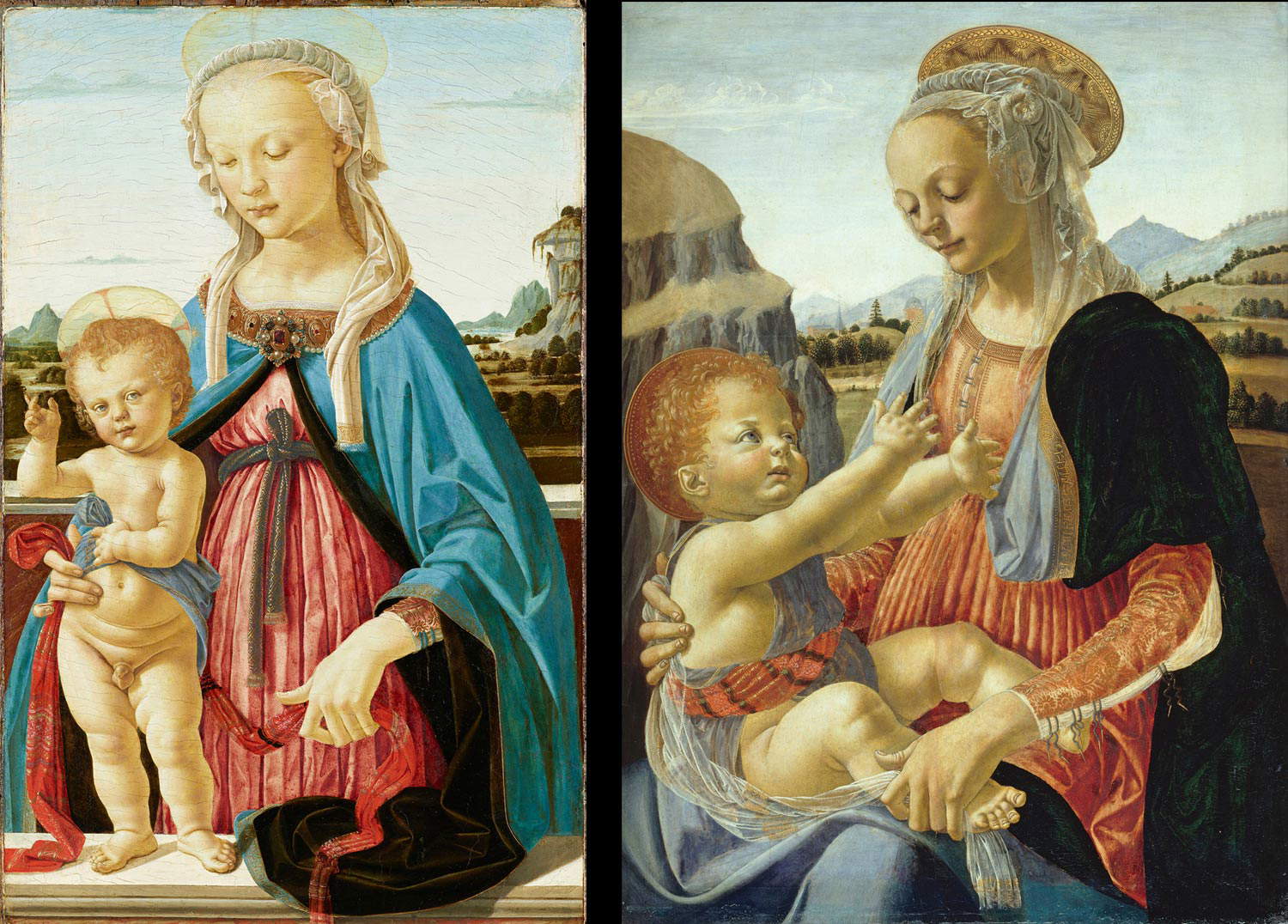
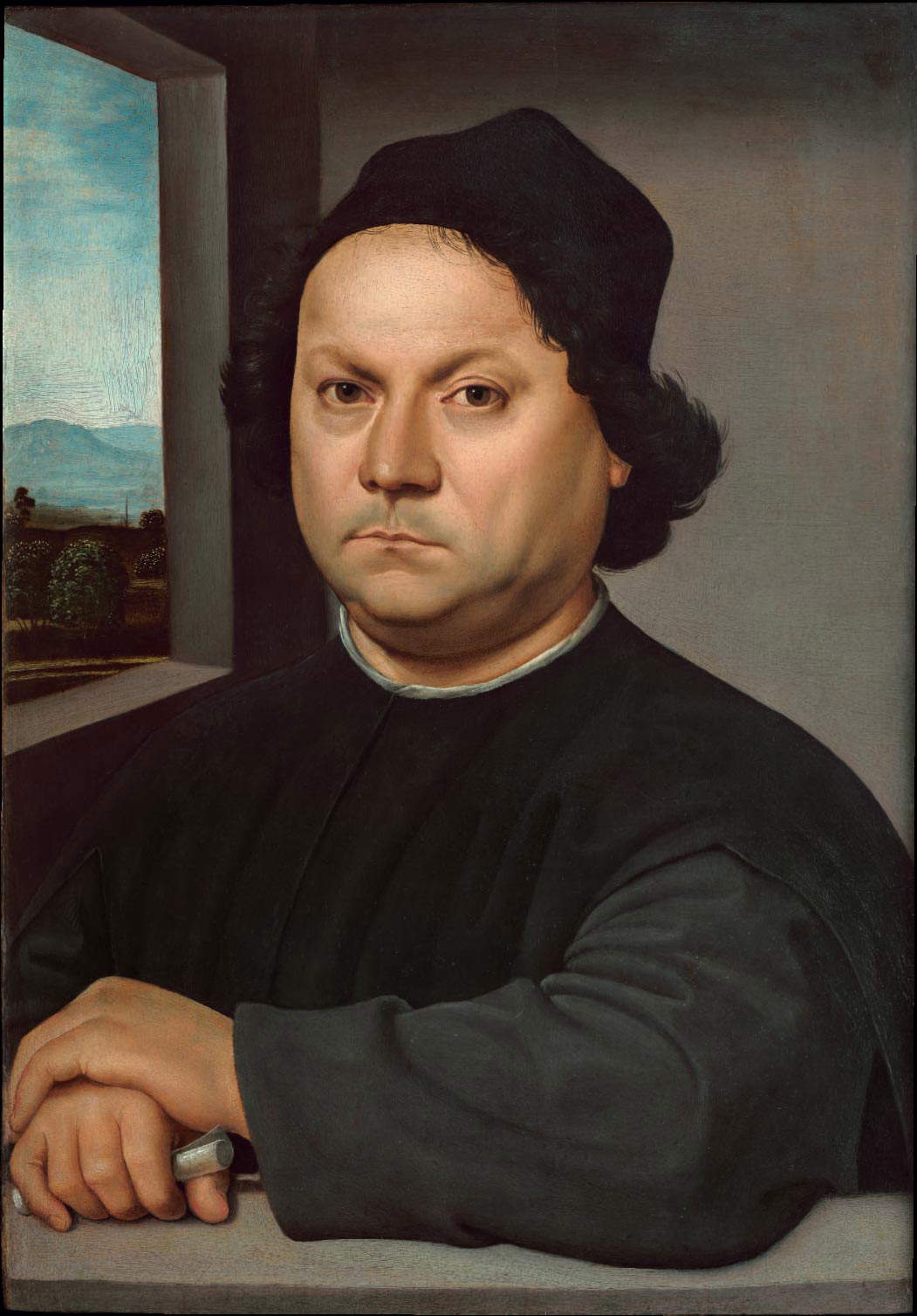

5. Perugino, Self-Portrait, detail (Perugia, Collegio del Cambio)
6. Detail of figure 3
7. Perugino, Delivery of the Keys, detail (Vatican City, Sistine Chapel)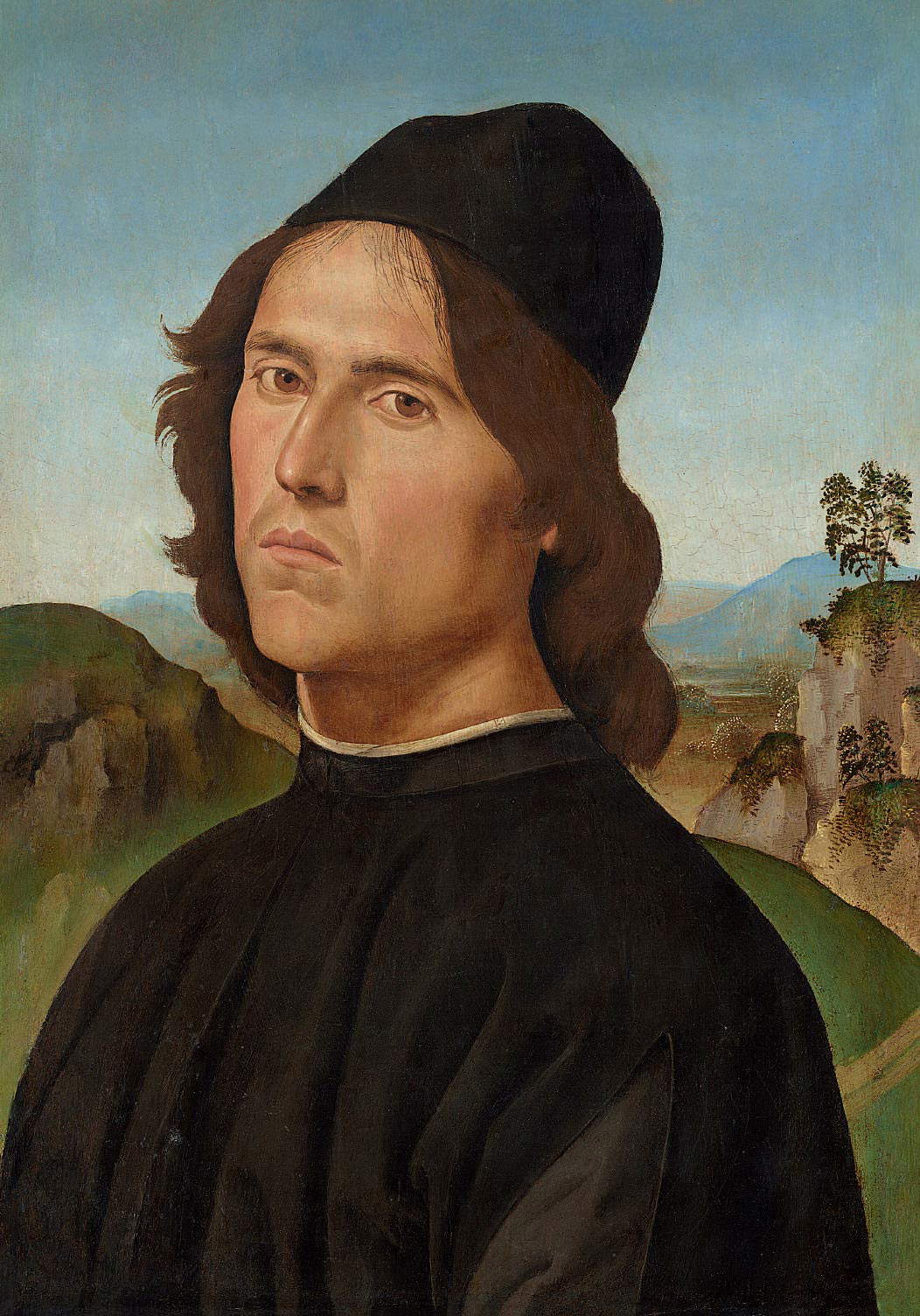
In the wake of the apprenticeship with Verrocchio, other attribution variations became established, and paintings transferred to Perugino and his circle found a frequent point of reference in the effects of a “crystalline light.” this is a formula-grimaldello that, with various adaptations, is repeated in the texts of some authors, among essays and cards, although in the same Catalogue other contributions analyze workshop practices linked to a wise and probably profitable collaboration: a method of work that implied a concurrence of different “hands,” and that should suggest caution in the identification of style and the exercise of attribution.
I come again to the protagonist, Vannucci, to whom is assigned another work to which a long and complex bibliographical affair pertains, and which is the subject of a double stunt, the variation on the author of the painting and the identification of the character. This is the case with the famous Manly Portrait in the Uffizi, whose history is reconstructed (with some gaps) and whose pictorial drafting is punctiliously investigated (fig.3); data that unfortunately often turn out to be double-sided, valid for one as well as for other options: the presence of “lustres” on the skin, a component thought to be Flemish, comes back into the picture, whereas it is a widespread procedure that belongs to Flemish painting but not only to that, and also to drawing, which is common to all the masters who devoted themselves to studies lumeggiati a biacca, Perugino, Botticelli, Filippino, Lorenzo di Credi and many others. It is therefore disconcerting to be so nonchalant in glossing over such high-sounding passages, from Lorenzo di Credi to Raphael, then, given the silence of Sanzio specialists and the distance from the attributive turn proposed by Bellosi, from Raphael to Perugino, obviously silencing one name, that of Lorenzo di Credi, whose style moreover s’glimpsed in the narrowness of the room and the small window, and in the cogent clause of the clasped hands, elements that, for my part, I have repeatedly emphasized. It is a difficult problem that sees on the one hand a satisfactory physiognomic match only between the two sure self-portraits of Vannucci (the descending crease at the corners of the lips, the sparse and barely wavy hair, the dry physique), that is, the youthful effigy in theAdoration of the Magi, c. 1475, and the mature one in the trompe l’oeil of the Collegio del Cambio, 1496-1500 (figs.4-5); while the image of one of the bystanders in the Sistine Delivery of the Keys (1482), characterized by a decided pinguedine and curly black hair lends itself only partially to comparison with the Uffizi Portrait, and thus does not offer a third and decisive element to the hypothesis of identification with Vannucci, despite the constant of the loose oval and double chin (figs.6-7); the dates of the works, some certain, some presumed, do not collide with the relative age of the different effigies, and involve more than one doubt, so it is possible that the series of images is not homogeneous, and concerns two different people; obviously with ample room for doubt.
In any case, the attribution of the Manly Portrait to Perugino drags with it the consensus for another questionable change of attribution, the one concerning theSelf-Portrait of Lorenzo di Cred i in the National Gallery in Washington, already transformed long ago and with equal ease into Portrait of Lorenzo di Credi by the hand of Perugino (actually the slight twisting of the head on the neck is proper to one who portrays himself looking into a mirror, fig.8): the card in Catalogue 2023 fortunately bears the sixteenth-century inscription lost (?) during transport from the panel to the canvas, which explicitly identified the painting as an effigy of Lorenzo di Credi, “most excellent painter” executed in 1488 when the author was thirty-two years and eight months old. The identification of Lorenzo’s date of birth in the year 1456 has received unimpeachable confirmation from recent archival research, and thus it is incorrect to cite the inscription but simultaneously ignore its testimony. Can the connoisseur’s eye overwhelm the data accompanying this bare and pathetic Self-Portrait, ideally congruent with what we know of Credi’s humble personality? Giorgio Vasari, who in the news dedicated to Lorenzo (at least the ones that can be checked) is never wrong, says that the painter himself “made many portraits...and when he was young he made that of himself,” moreover he portrayed Perugino and Verrocchio... after all, Lorenzo’s pictorial texture, while refined, remains anchored in traditional apprenticeship, while that of the best Perugino (see the Portrait of Francis of the Works) evokes ’intangible’ forms, and is radically innovative.
I have cited those that, with other isolated cases, represent partial smears within a research that has in any case expanded the picture of Umbrian painting between the 15th and 16th centuries, from Bonfigli to Caporali to Pinturicchio to Piermatteo d’Amelia, expanding beyond the borders ofUmbria and the fifteenth century, and also enhancing little-known episodes such as that of a designer Perugino, responsible for the design of what was a splendid food-stand intended for the furnishing of a set table, a silver vessel executed for the Priors of Perugia of which unfortunately only the verbal description remains. The questionable passages that I have deemed to point out I fear are related to an overconfidence in morphological feedback, visibly expressed in the Catalogue by a clipping of details, adopted by dissecting thongs or bejeweled necklines and crowding out orbital cavities; a reasonable measure, sometimes useful and even necessary, when, however, one does not leave too much room for the creative flair of the graphic artist, and does not go so far as to cut up, and even slice, a painting as one does a baguette.
Warning: the translation into English of the original Italian article was created using automatic tools. We undertake to review all articles, but we do not guarantee the total absence of inaccuracies in the translation due to the program. You can find the original by clicking on the ITA button. If you find any mistake,please contact us.






